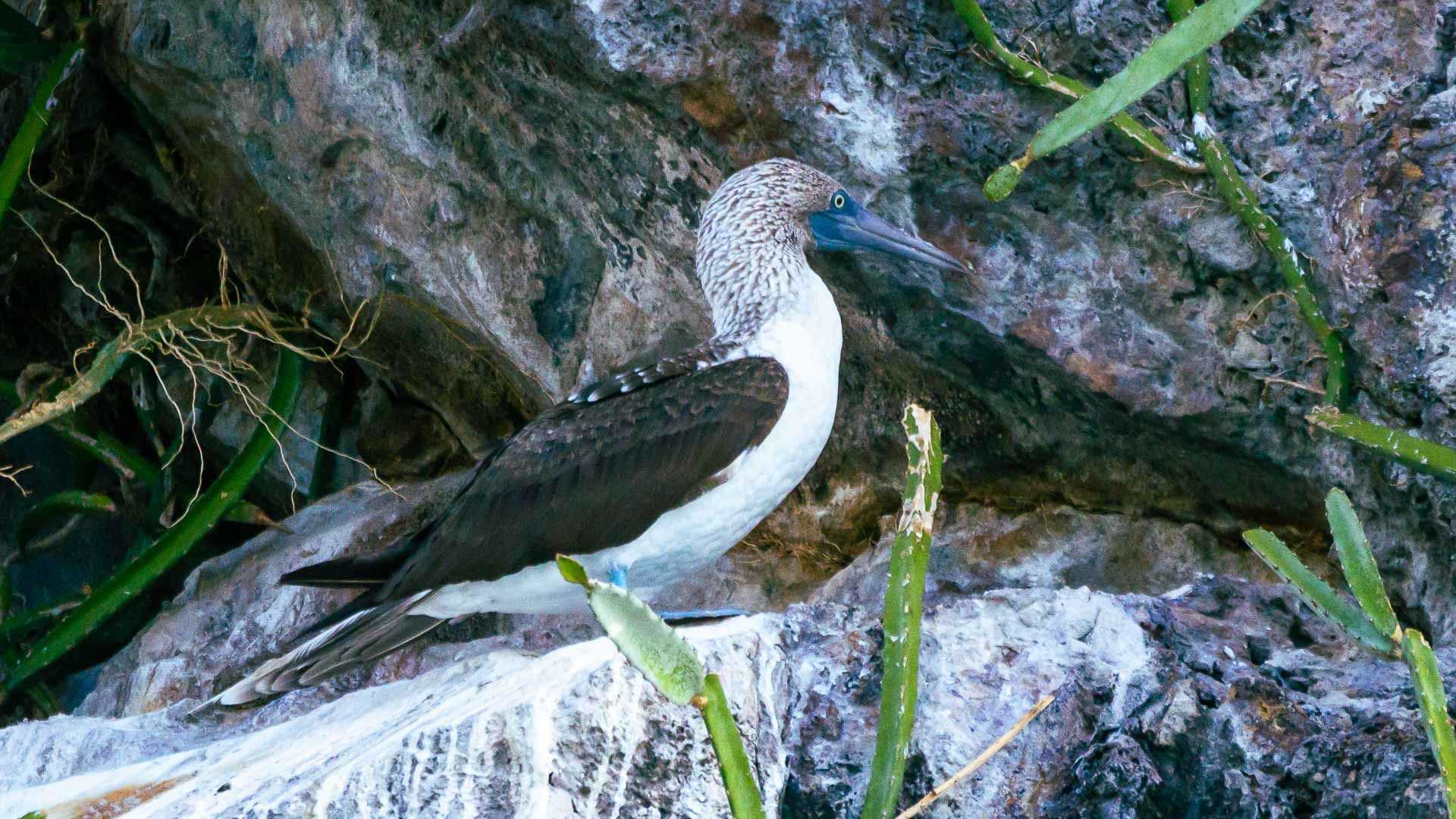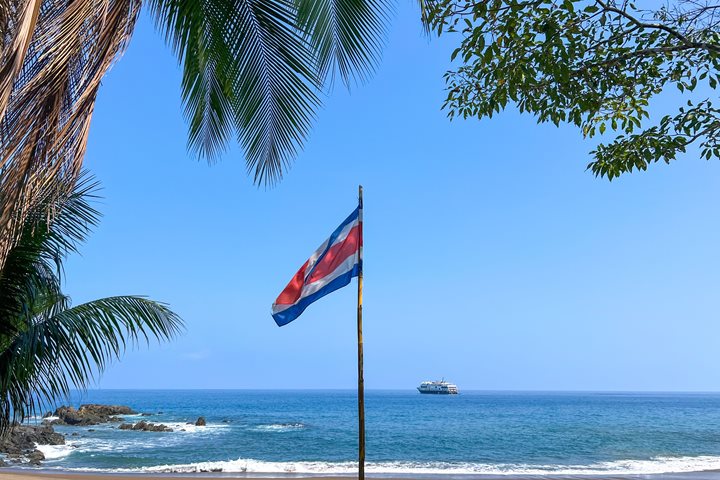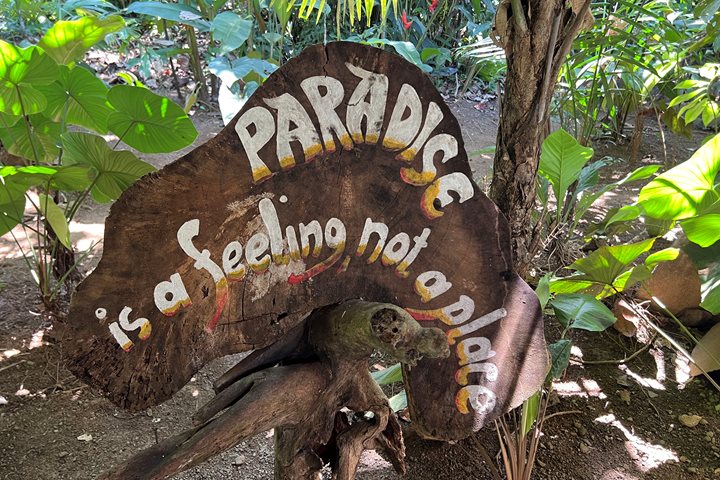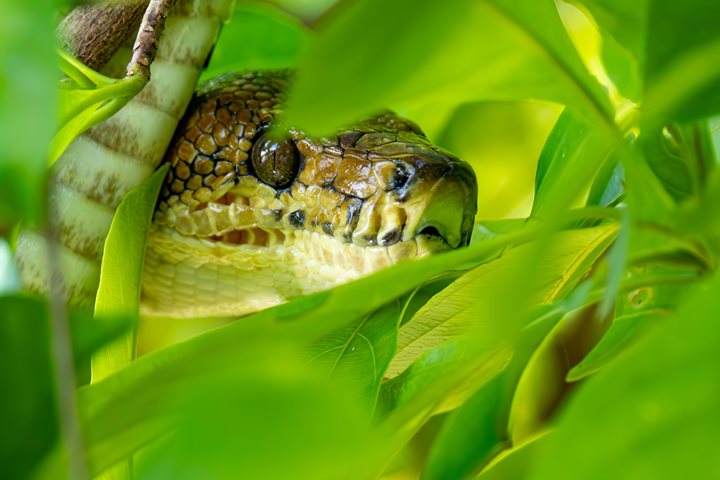After cruising a whole 190 nautical miles last night, we entered the Gulf of Panama. This will eventually lead us to our final destination, the Panama Canal. However, before that, we had the chance to explore a small island trio a mere 22 miles south from the Port of Balboa. The Gulf of Panama is famous for its rich waters, created by an upwelling that comes by during the windy months of December through early March. Northeasterly trade winds blow during these months, creating rich productivity in the area. In the process known as upwelling, water rises from below the ocean bottom to replace the water moving away from shore. As warm surface waters are moved away, cold water full of nutrients rises from the bottom. This allows for an abundance of food for plankton and small fish, which attracts bigger fish. The bigger fish attract seabirds and even larger marine mammals such as dolphins and whales. We got the chance to experience the phenomenon this morning via our trusty Zodiacs, and out we went to look at plants, birds and maybe dolphins. What a day – we will take it!
As we entered the Gulf of Panama early this morning, we witnessed very strong winds, birds overflying our vessel and the long awaited pantropical dolphins. However, the most amazing sight was the full moon of Aquarius setting behind Bona Island while the sun came out over the flat Pacific horizon. Those of us up and out that early had a great time and took the photos of a lifetime. All of this before 6:00 in the morning!
After breakfast, we took a Zodiac ride and enjoyed great views of magnificent frigatebirds, brown and blue-footed boobies, brown pelicans, neotropical cormorants and even quite a large pod of pantropical spotted dolphins. Food productivity attracts these species, providing them with resources to reproduce and boast successful reproductive rates. Birds and marine mammals are attracted to this productivity, and human fishing activity also peaks for the same reason. Local fishermen from the small island of Otoque venture out in small dugout canoes, hoping for good luck and some income.
Directly after our interesting morning outing, our captain weighed anchor and directed us north. Heading toward the entrance of the Panama Canal was a highlight for everyone. Once our pilot arrived, our transit began by going under the bridge of the Americas, into the Miraflores locks—the first of two sets of locks that rise up to the level of the channel of the canal—and finally through the Culebra Cut. This brought us into Gatun Lake, leading us into tomorrow’s final adventure.







